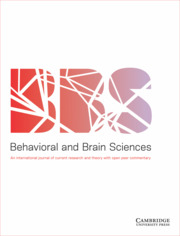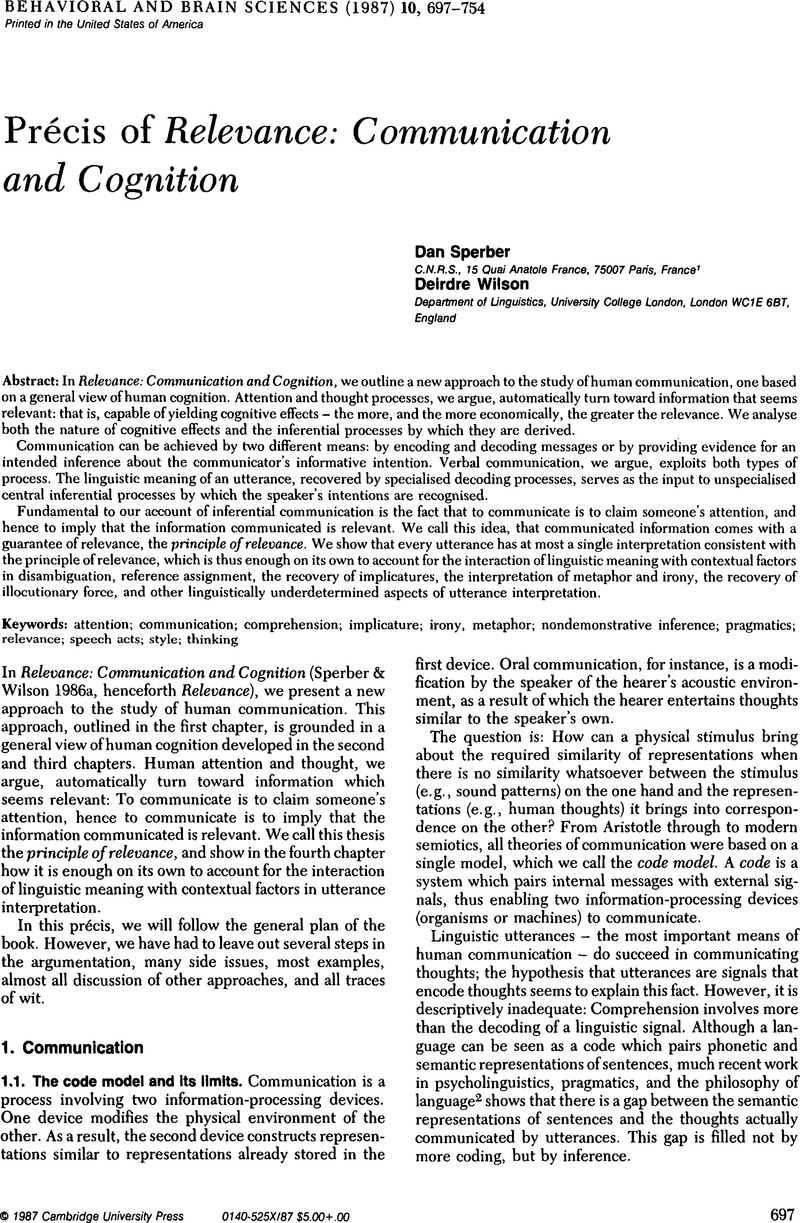Crossref Citations
This article has been cited by the following publications. This list is generated based on data provided by Crossref.
Yus Ramos, Francisco
1998.
A decade of relevance theory.
Journal of Pragmatics,
Vol. 30,
Issue. 3,
p.
305.


